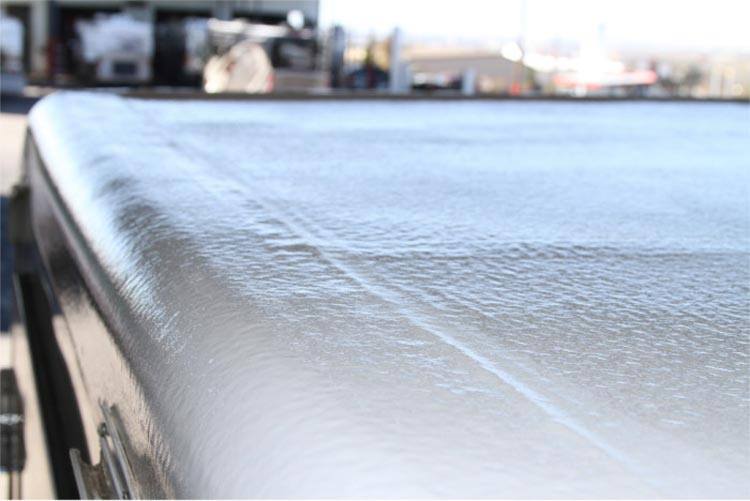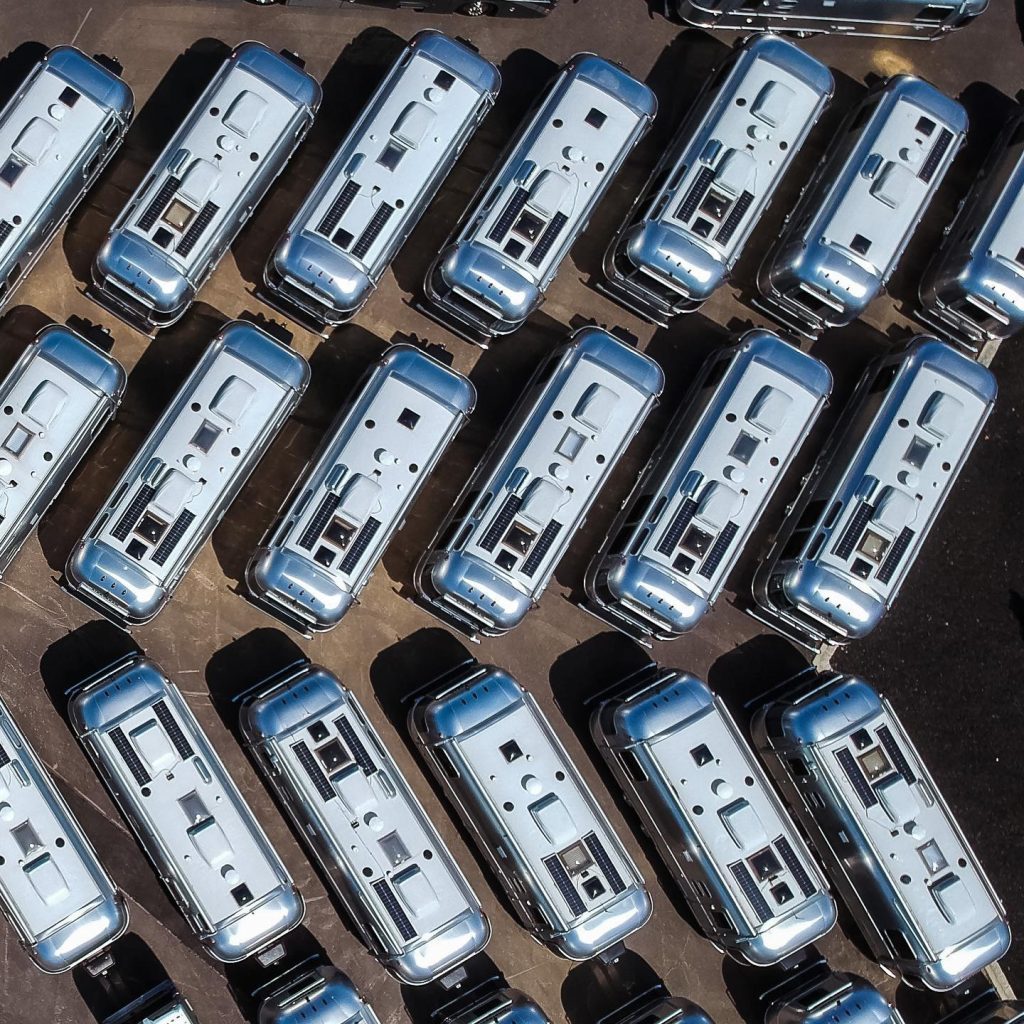
RV roof protection is important for both aesthetics and practical reasons. Protecting your RV’s roof from the elements is essential, and the right material can go a long way toward maintaining its condition. Among the many options available for roof protection is an RV roof shield. This product is lightweight, goes on in a thin layer, and dries quickly, creating a chemical bond. It is also very durable, making it the ideal choice for foot traffic, owing to its waterproof qualities.
To use RV roof coating, make sure the roof is clean and free from debris. You can use a degreasing agent if the surface is prone to tar and bugs. A commercial cleaner is also a great option, but make sure to read the directions carefully before using it. Most of these cleaners are formulated with white vinegar, water, baking soda, and tea tree oil, and they will protect the paint and graphics on your RV.
While cleaning an RV’s roof does not require constant maintenance, it is important to check for any problems while you’re up there. A few hours a year is enough to clean and protect an EPDM roof. Cleaning an RV’s roof is easy and usually takes just a few minutes. It can also prevent serious leaks and other damage, which can cost you thousands of dollars in repairs. And if you’re not in the mood for the work, consider a protective cover or awning.
Silicone is another option for protecting an RV roof. It’s almost as hardwearing as silicone but requires two coats. The only downside to silicone is that it is quite expensive. But if you’re a camper who frequently travels or parks for hours on end, it’s well worth the investment. This roof protectant will prevent cracks and save you money on energy bills by keeping your RV cooler in the summer.
RV roof protection should include a watertight membrane. You need to install a water-tight membrane in order to protect it from ultraviolet rays and other elements. Liquid roof protection will not only protect the top of your RV but will extend its lifespan. In addition, it provides great acoustic benefits. If you want a more durable material for RV roof protection, you can opt for Liquid Roof or RP-MRC-1 elastomeric coating.
RV insurance policies cover roof wear and tear, but they do not include coverage for severe cold. Some companies offer additional protection that applies to the roof and other parts of an RV. You may want to take a look at Progressive’s special “Roof Protection Plus” coverage. This policy covers a wide variety of RV roof types, including travel trailers, motorhomes, and non-stationary trailers. Progressive RV roof protection coverage may even cover damage to your tow vehicle.
Rubber coating is another option for RV roof protection. Rubber coating is made of a synthetic polymer called EPDM. This polymer is UV resistant and adheres better to a roof than natural rubber. It is also more durable, extending the life of your RV. Regardless of which material you choose, make sure you follow these tips to ensure that your RV roof is properly protected. They can help you prevent costly leaks and expensive roof repairs.



